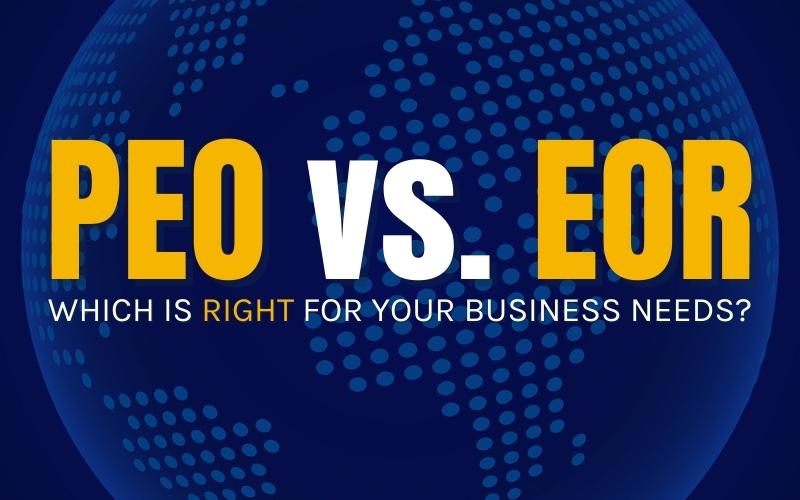Peter Limone, CPA, CGMA – President and CFO
There are a wide variety of risks associated with managing human resources (HR). HR Risk comes in many forms and cannot be ignored in a sound enterprise risk management plan.
How would not having the right talent at the right time impact your business? As the economy recovers and the labor market becomes tighter, finding the right talent becomes difficult. In these cases you may seek help from a staffing agency or from your network. There are many reputable boutique staffing agencies that focus on specific talent. Alternatives include on-line staffing platforms or crowdsourcing sites for freelancers. With these alternative staffing arrangements, you must implement the proper controls to mitigate risk associated with the quality of service or product.
What is your plan for succession planning? Is there a risk that your CEO or President retires and you have no one to step up? HR plays a critical role to ensure a succession plan is in place for all the critical positions within your company. There are tools such as the nine box grid that can help to identify high performers and high potentials and set them on the right path to ensure the future is clear for the individual employees. Let’s face it, there are employees that would rather specialize in their discipline rather than move up the ladder to the next level while there are others that can be ready to move up with the right training and coaching. The nine box grid will help you identify who should be next for the CEO role or any other position within your organization. In fact research shows that only 32% of companies have a full plan for CEO succession.
Are you in compliance with all HR laws and regulations? Having a process in place to ensure your organization does not run afoul with a regulation is critical. The news these days is full of stories about companies being fined for misclassification of employees, wage and hour laws, and discrimination. How can you protect yourself? One tried and true way is to use a contingent workforce strategy. As an example using an Employer of Record company transfers the ownership of the employee to that company. Although this mitigates many HR risk, it does not completely eliminate all risk. Co-employment risk still exists and must be managed.
Are you in compliance with the Affordable Care Act (ACA)? This sweeping legislation changed the way health insurance must be managed for all companies with 50 employees or more. It may just seem like a nuisance, however if not managed correctly, ACA can result in numerous expensive penalties. There’s penalty for each full-time employee of $2,160 minus the first 30. For example if you have 280 employees, this penalty amounts to ((280-30) x $2,160) = $540,000. A second tier penalty is charged if an employee obtains a subsidy via a state or federal exchange, this penalty is $3,240 per employee receiving a subsidy. There’s also a penalty for failure to file a 1095-C, which is $500 for each form not filed. Again, an Employer of Record can take the risk away from your company.
Payrolling companies serve as the employer of record for your contingent workforce. This can include temporary help, project workers, seasonal help, interns, or independent contractors. As the employer of record, the payrolling company is responsible for payroll, payroll taxes, benefits, and HR management. Since they are the employer of record, much of the risk associated with human resources is handled for you.
An experienced employer of record can help you avoid expensive issues that may arise with your contract or contingent workers. Reach out to the friendly experts at Innovative Employee Solutions for further assistance today! – See more at: Innovative Employee Solutions






